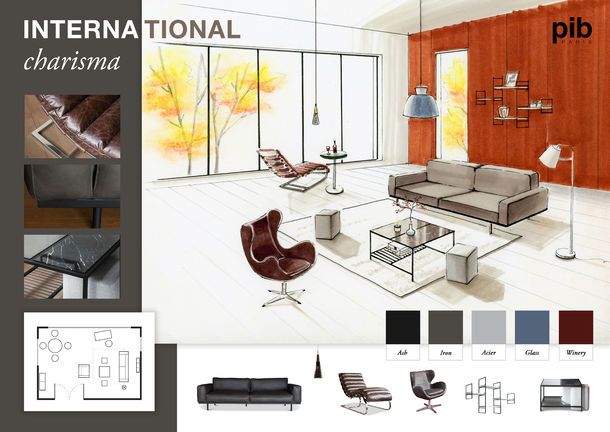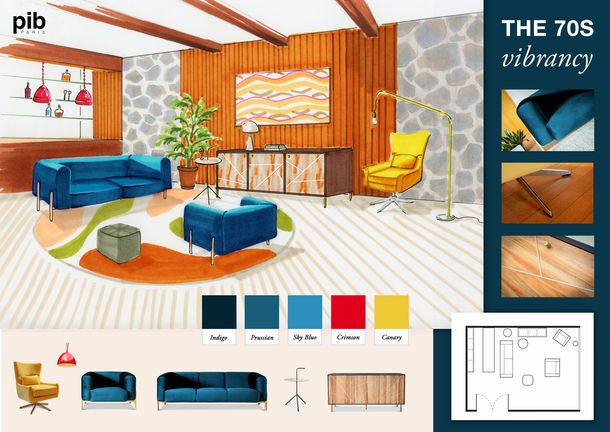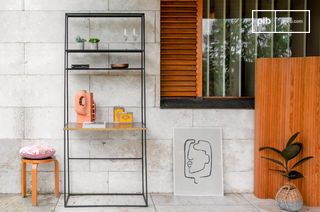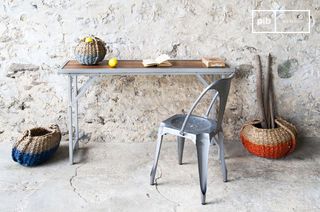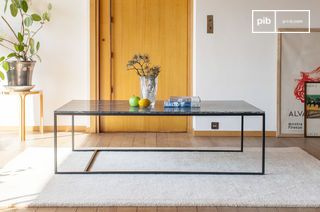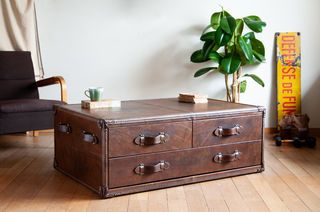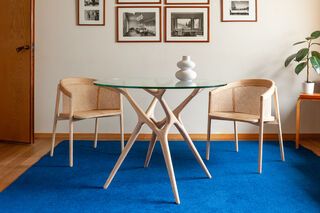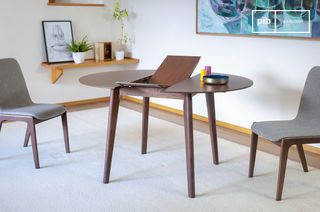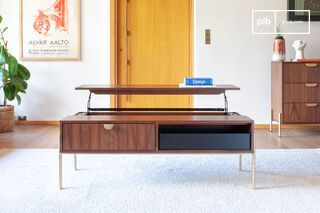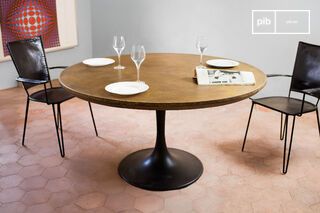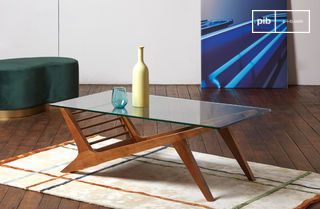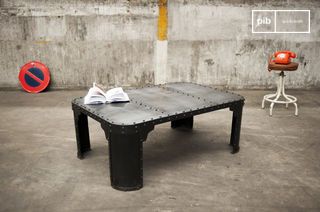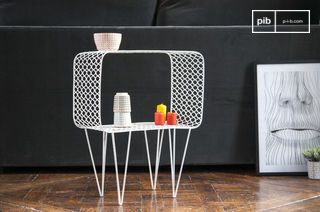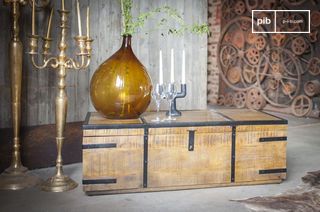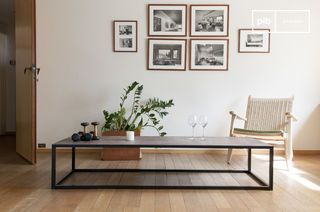Classic tables
Classic tables are based on proven formal codes: symmetry, clear proportions, solid materials. They use easily identifiable stylistic elements - turned legs, thick tops, visible joints - without seeking to innovate. These are pieces designed to last, finding their place in interiors organized around stability and visual coherence. A classic table is as much a spatial landmark as it is a surface for everyday use. read more >
Filters
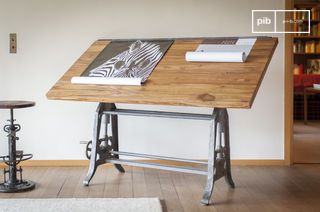
Teak architect table1928
£2045 £1840-10%
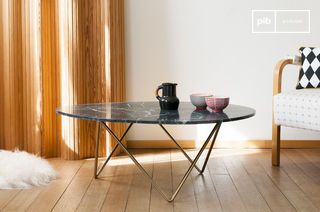
Green marble coffee tableTrivisan
£725 £650-10%
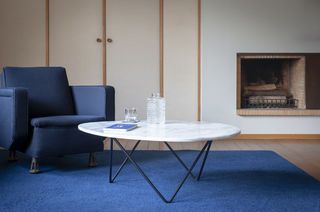
White marble coffee tableTrivisan
£725 £650-10%
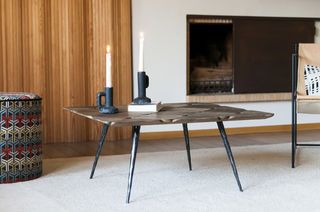
Elm wood coffee tableLincoln
£955 £860-10%

Industrial desk-librarySeattle
£1560 £1400-10%
10 festive days
10% off our tables and consoles
Welcome your guests in style · Limited stock
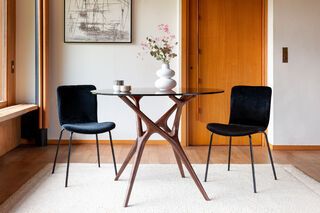
Round glass table with dark solid ash for 4 peopleSylvae
£1025 £920-10%
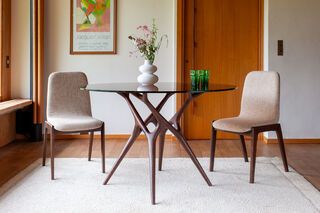
Round glass table with dark solid ash for 6 peopleSylvae
£1195 £1070-10%

Round metal coffee table OneXylème
£605 £540-10%
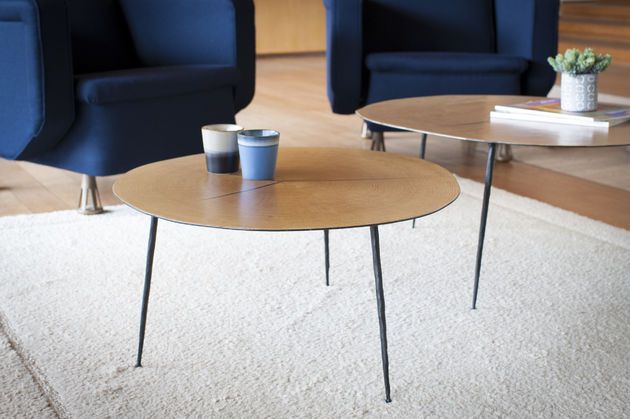
"Round metal coffee table ""Two"""Xylème
£605 £540-10%
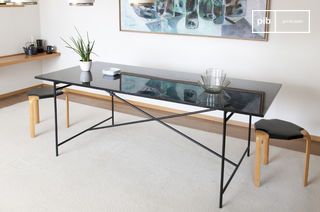
Black marble tableThorning
£1925 £1730-10%
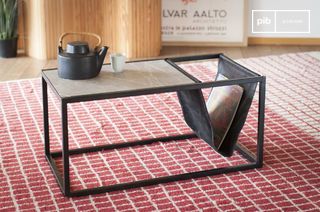
Stone magazine holder coffee tableIbiza
£445 £400-10%
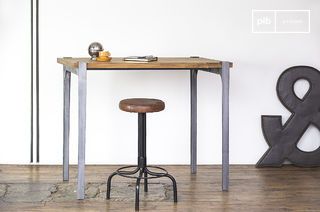
Solid wood high tableWellington
£785 £705-10%
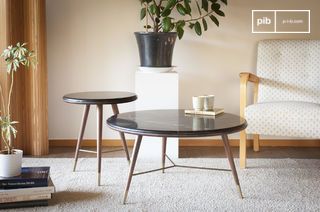
Black marble coffee tableSivart
£930 £840-10%
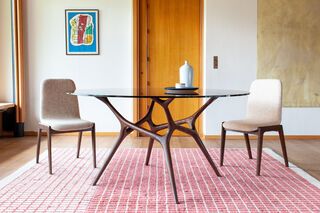
Round glass table with dark solid ash for 8 peopleSylvae
£1560 £1400-10%
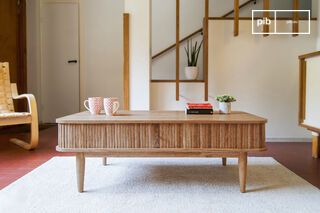
Oak side table with curtainsRitz
£725 £650-10%
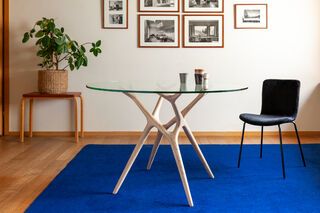
Round glass table with light solid ash for 6 peopleSylvae
£1195 £1070-10%
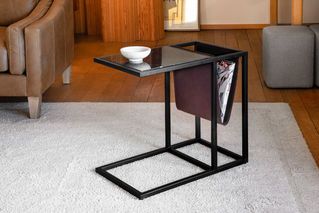
Marble magazine tableNoora
£395 £360-10%
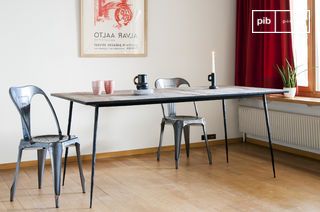
Wood and metal dining tableSherman
£1655 £1490-10%
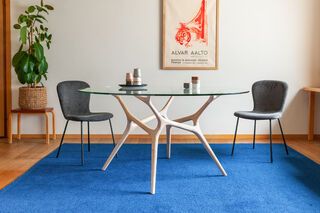
Round glass table with light solid ash for 8 peopleSylvae
£1560 £1400-10%
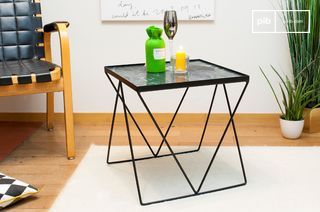
Small green marble tableBumcello
£315 £285-10%
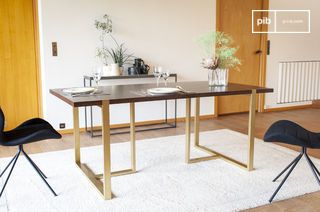
Walnut dining tableNeutra
£950 £855-10%
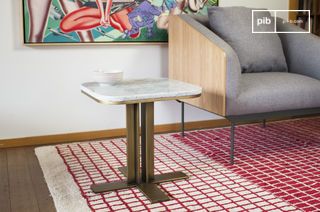
White marble side tableCarrera
£590 £530-10%
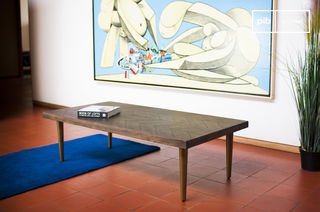
Dark wood coffee tableAlienor
£465 £415-10%
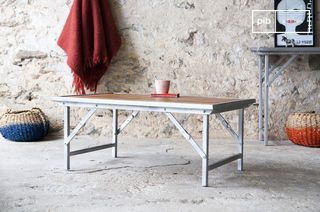
Teak coffee tableBollène
£555 £500-10%
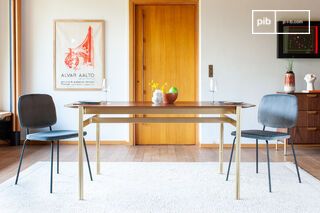
Dark wood dining tableAurora
£1070 £960-10%
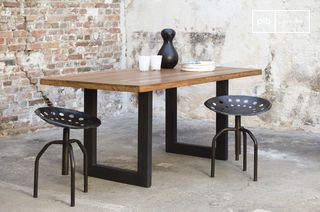
Teak wood tablePeterstivy
£970 £870-10%
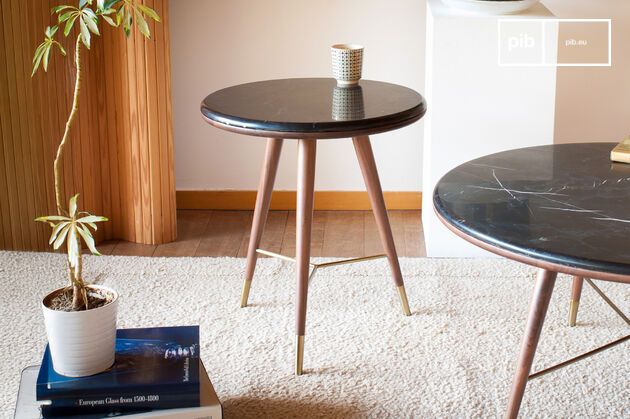
Black marble end tableSivart
£460 £415-10%
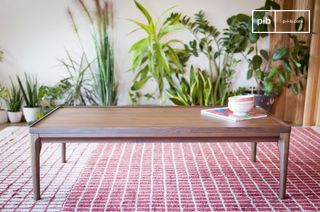
Walnut coffee tableHemët
£670 £605-10%
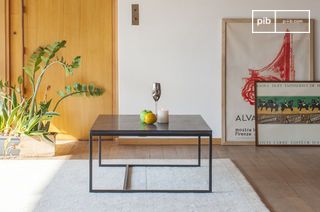
Black marble coffee tableAvedore
£605 £540-10%
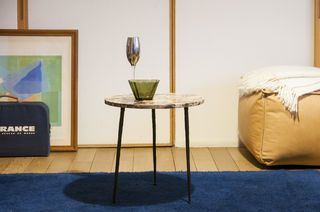
Marble side tableVilma
£305 £275-10%
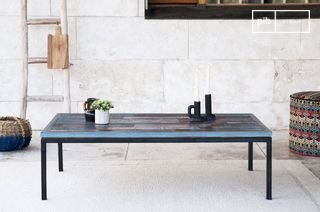
Wooden coffee tableMoriz
£605 £540-10%
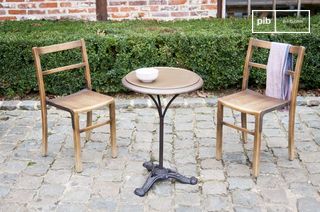
Round bistro table wood and metalVaiana
£480 £430-10%
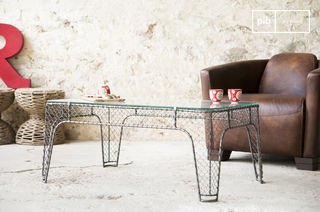
Gridded metal industrial coffee tableOntario
£580 £525-10%
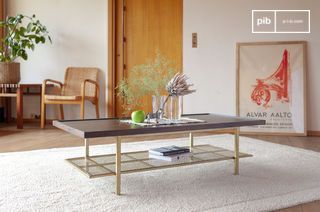
Walnut coffee tableNeutra
£845 £760-10%
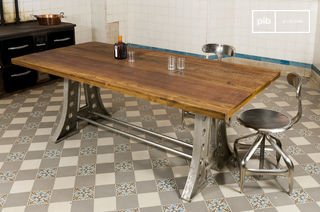
Solid Wood Dining TableNormandie
£1700 £1530-10%
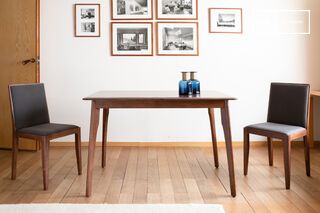
Small dark wood dining tableUmea
£585 £525-10%
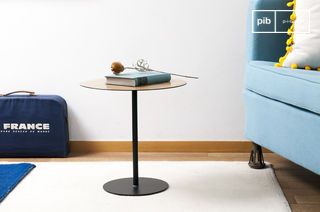
Small round side tableXylème
£315 £285-10%
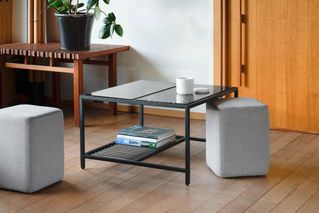
Marble coffee table with poufsNoora
£680 £615-10%
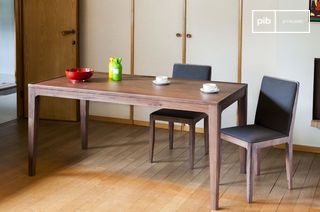
Walnut dining tableHemët
£1210 £1090-10%
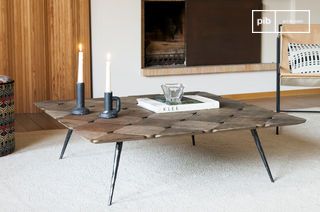
Large elm wood coffee tableLincoln
£1200 £1080-10%
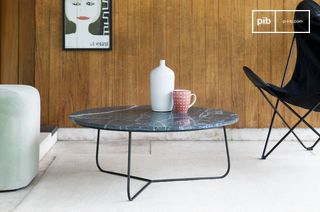
Green marble coffee tableVertü
£725 £650-10%
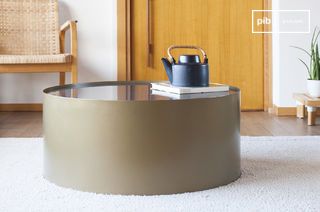
Round marble coffee tableDickinson
£1210 £1090-10%
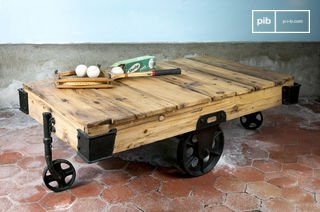
Wooden Coffee TableWood Wagon
£885 £800-10%
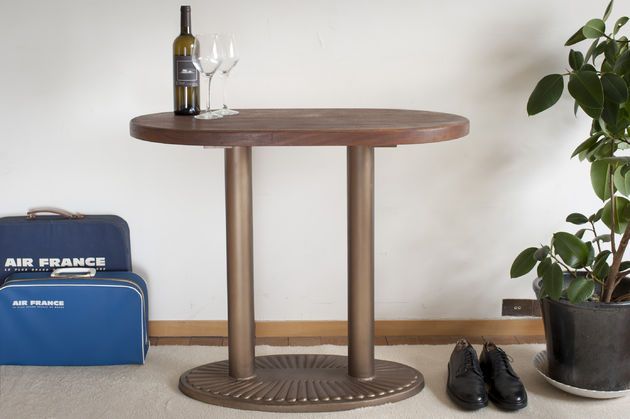
Small oval wooden dining tableWashington
£705 £635-10%
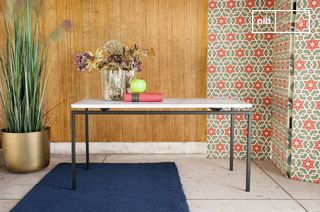
White marble coffee tableVarmalio
£445 £400-10%

Wooden Coffee TableRailway
£645 £580-10%
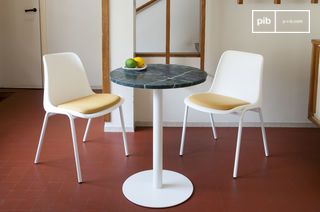
Green marble bistro tableLasby
£510 £455-10%
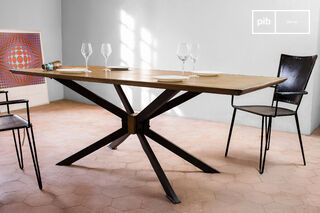
Brass dining tableLiverpool
£1820 £1640-10%
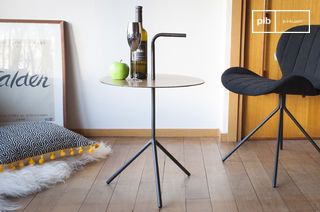
Portable table with handleXylème
£360 £325-10%
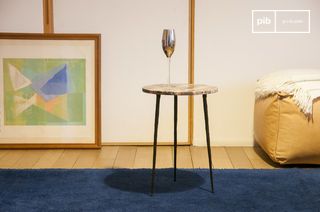
Small marble side tableVilma
£315 £285-10%

The formal benchmarks of a classic table
A classic table is defined by design choices rooted in a manufacturing tradition. Shapes are balanced, assemblies visible, materials minimally transformed. The top is often rectangular or oval, the edges clean or molded, and the base rests on turnings or solid structures. This table is not designed to produce an effect, but to maintain aesthetic continuity in sober or heritage environments.
The proportions are often modeled on antique models, with a search for symmetry in the distribution of masses. The base is designed for maximum stability, with visible crosspieces or flared legs. The format varies little: classic tables follow the standards of living rooms, with fixed lengths adapted to common domestic needs.
Materials and construction
The dominant material is solid wood, often used without veneer or covering paint. Oak, beech, cherry or walnut are common. The finish can be rough, waxed or varnished, but always oriented towards long-lasting protection without altering the original texture. Some models include inlays, rushes or simple marquetry, but these details remain discreet and rational.
Assemblies are visible and sometimes deliberately marked: mortise and tenon joints, wooden pegs, dovetail joints. These technical choices are in keeping with the logic of durability. The classic table is designed to stand the test of time and repeated use. It's a piece that can be dismantled, repaired and passed on. It is not based on modularity or lightness, but on a form of material permanence.
Agency and spatial role
In a living space, the classic table plays a role of visual stabilization. It structures the room through its linear presence and the balance of its volumes. In a living room, it serves as a focal point around which seating and circulation are arranged. In a dining room, it imposes a fixed rhythm, which is complemented by coordinating chairs or mixed seating, depending on the configuration.
The presence of a classic table in a space imposes a certain rigor of arrangement. It works well with neutral walls, fixtures with fixed axes, and wood or stone floors. It can cohabit with contemporary elements, provided a clear visual hierarchy is maintained. It's a piece of furniture that provides a foundation for the rest of the furnishings without seeking to dominate them.
Choosing a classic table means introducing a legible, durable structure into an interior. This type of furniture doesn't follow trends; it retains a formal stability that allows it to weather stylistic evolutions without visual disharmony.
